Poland is home to a remarkable collection of UNESCO World Heritage Sites that reflect centuries of history, artistic mastery, breath-taking nature, and living traditions. Poland has it all, medieval towns, mighty castles, primeval forests and unique wooden architecture. These sites offer travellers a chance to step back in time and discover human creativity and resilience.
Here’s a guide to all of Poland’s UNESCO-listed treasures, including those shared with neighbouring countries:
1. Historic Centre of Kraków (1978)
Once the royal capital, Kraków’s Old Town charms visitors with its grand Market Square, St. Mary’s Basilica, and the imposing Wawel Castle. Its medieval layout has remained almost unchanged for centuries.
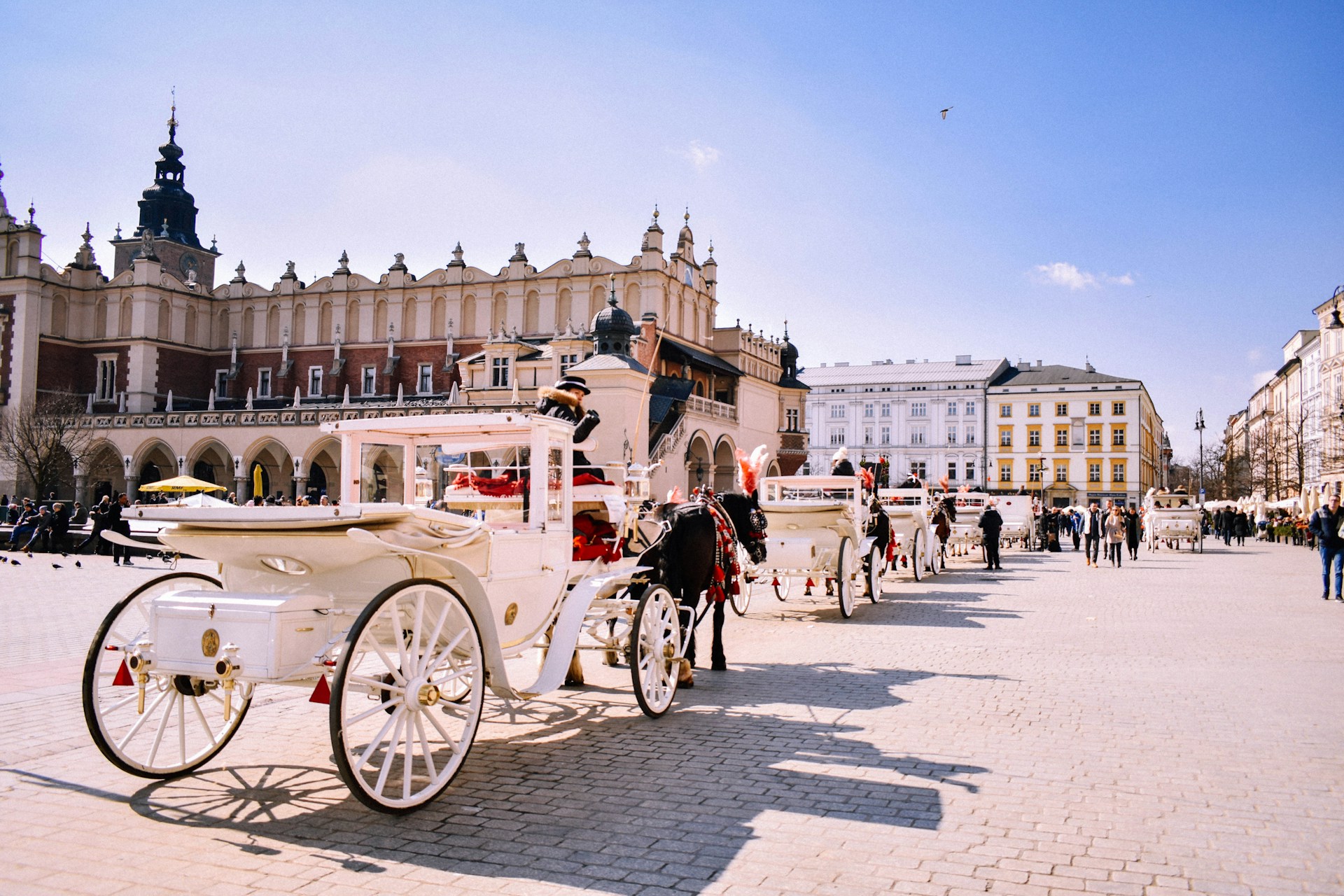
2. Wieliczka and Bochnia Royal Salt Mines (Wieliczka: 1978; Bochnia added in 2013)
Step underground to discover vast chambers, chapels carved entirely out of salt, and labyrinthine tunnels reflecting Poland’s rich mining heritage.
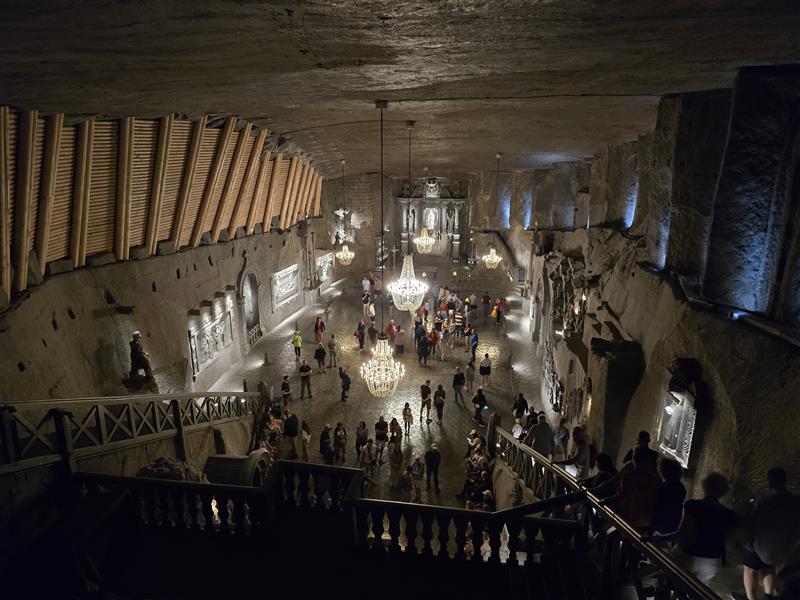
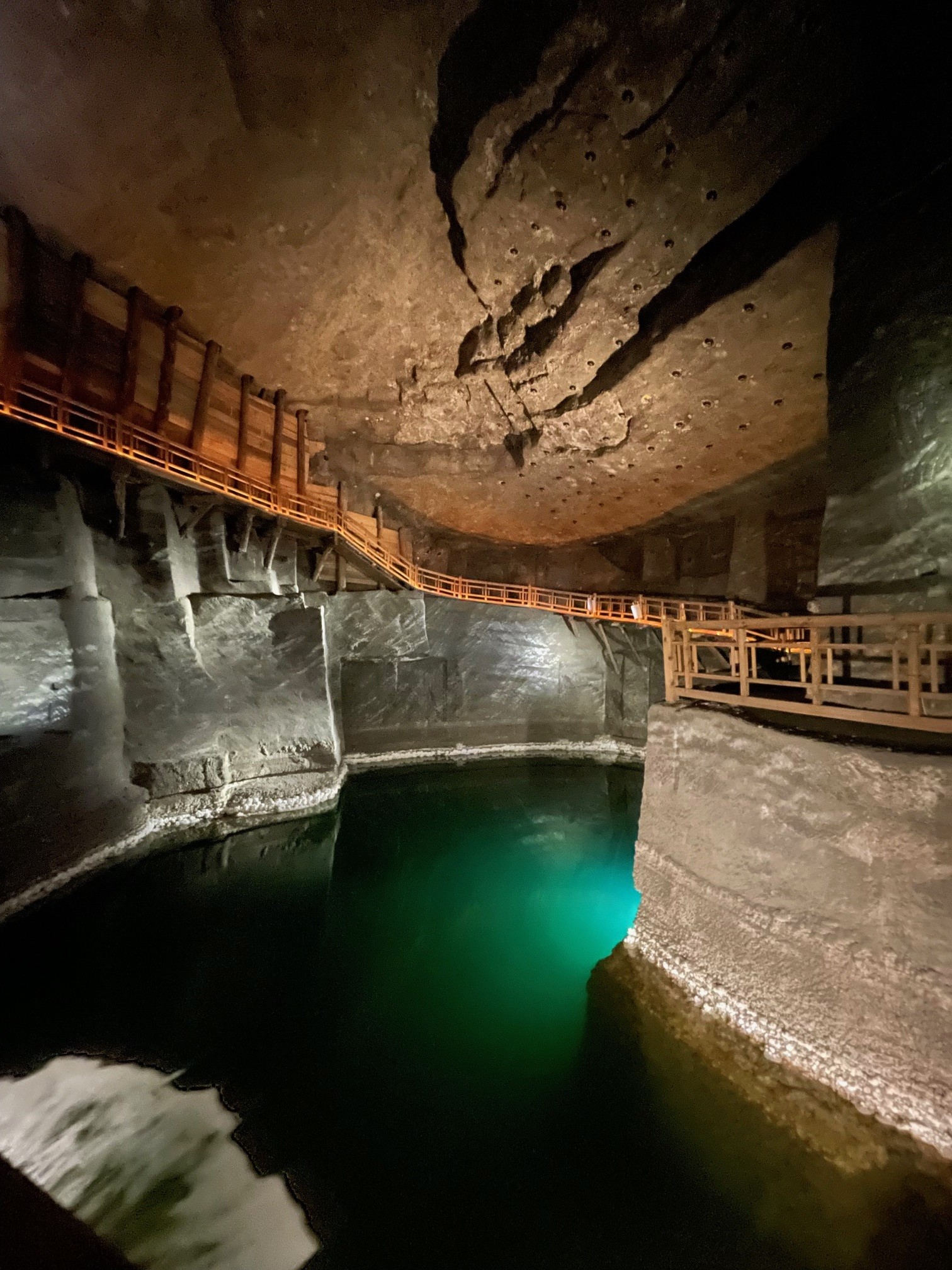
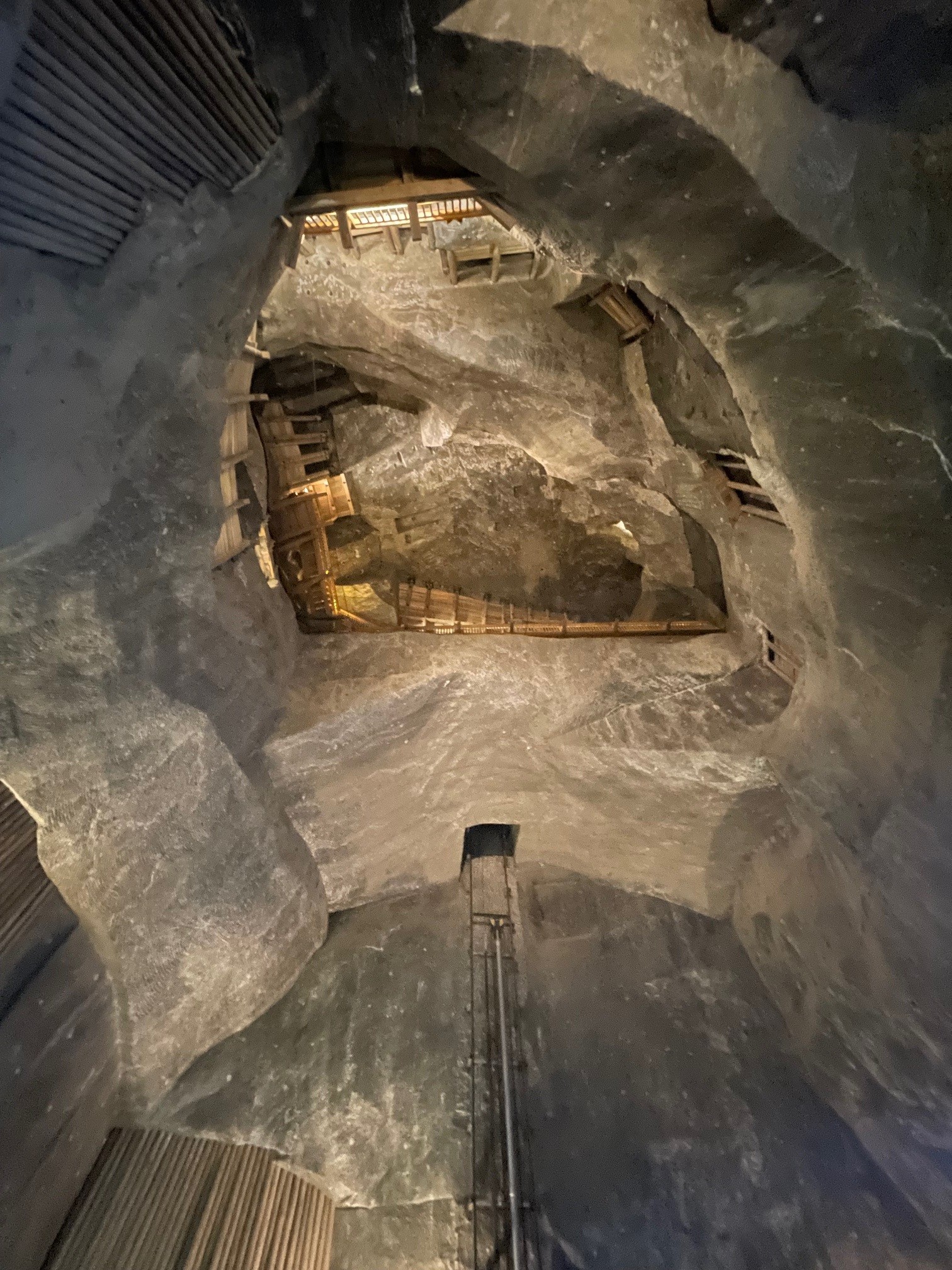
3. Auschwitz Birkenau, German Nazi Concentration and Extermination Camp (1940–1945) (1979)
A deeply moving memorial and museum preserving the memory of the Holocaust’s victims and reminding the world of the horrors of intolerance.
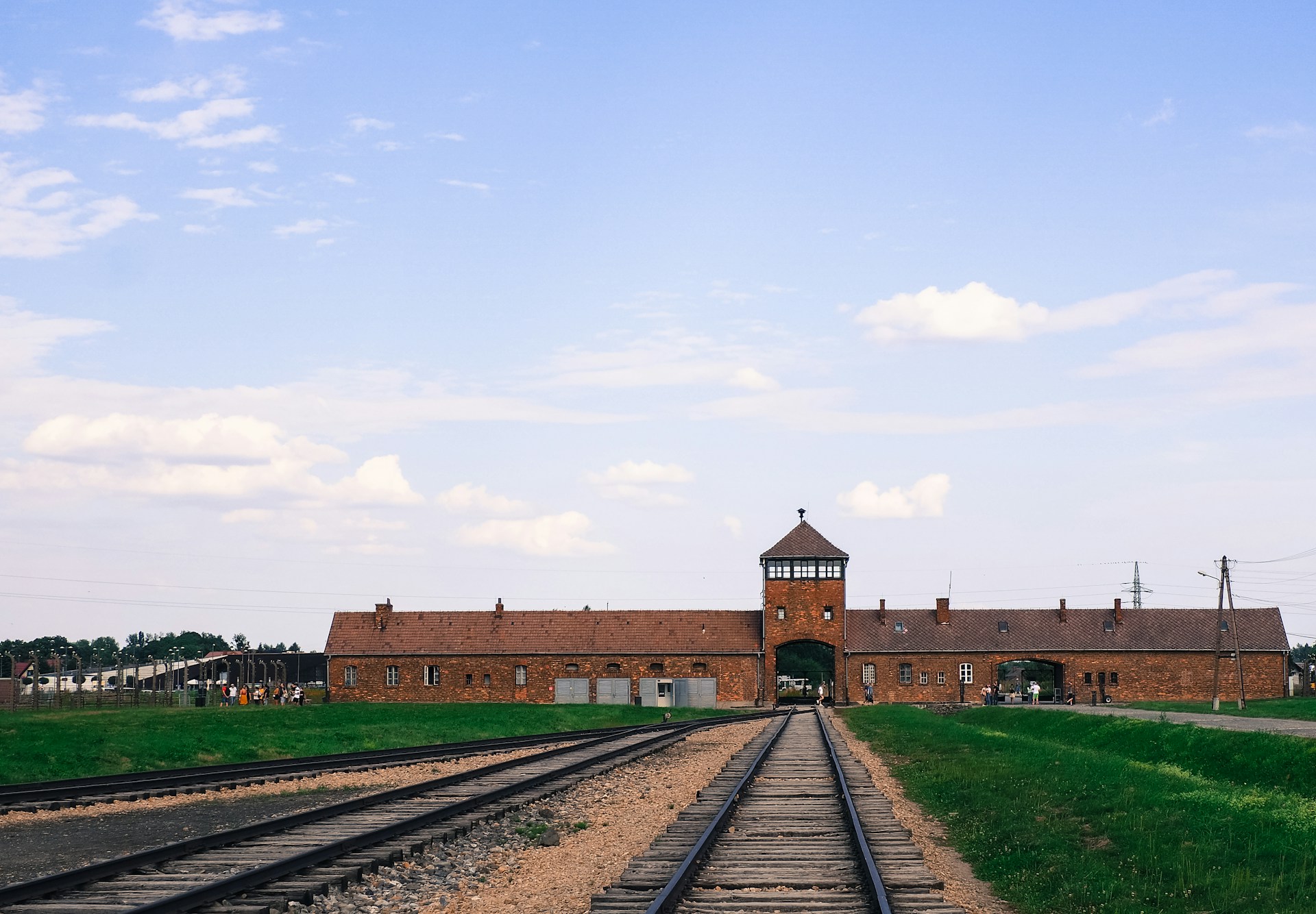
4. Bialowieza Forest (1979, extended 1992)*
Shared with Belarus, this primeval forest is one of Europe’s last and largest remnants of ancient woodland, famously home to the European bison.
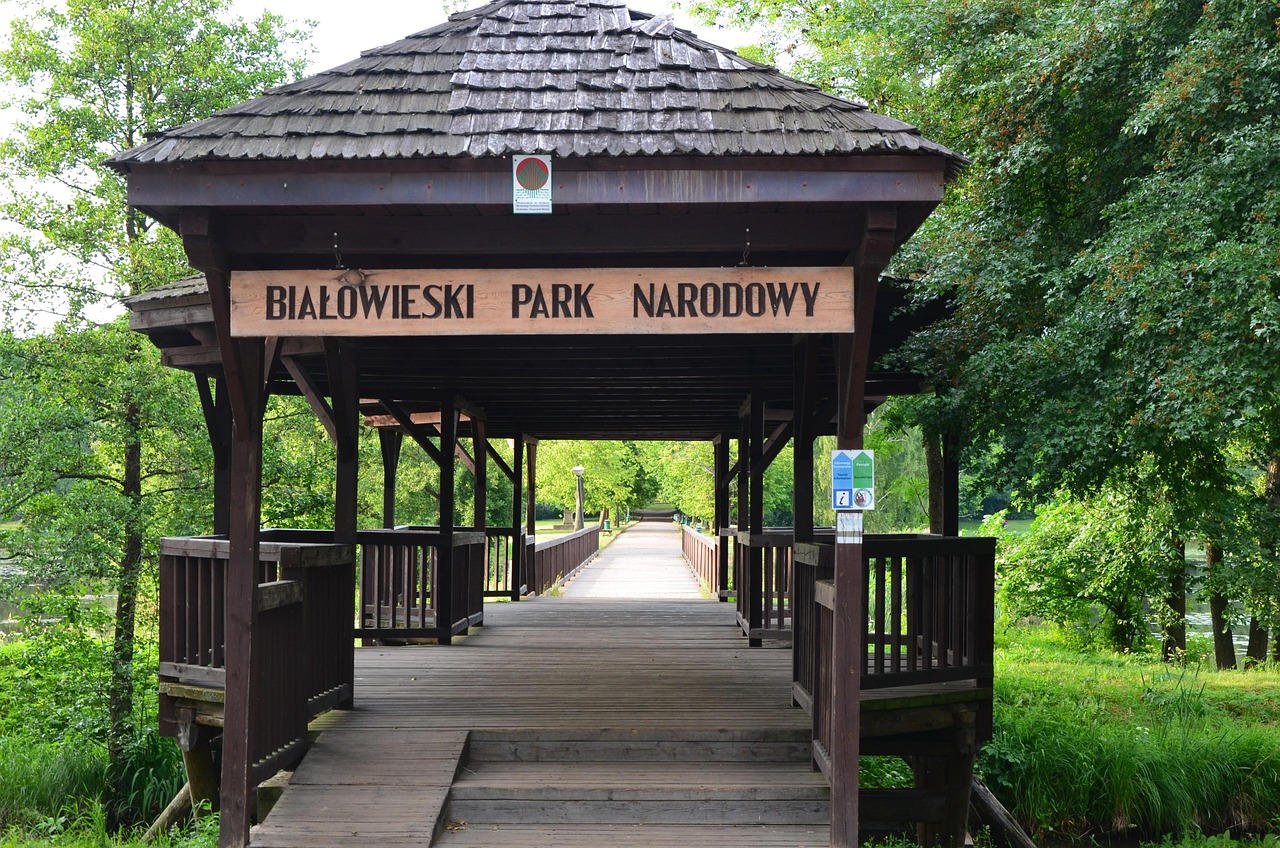
5. Historic Centre of Warsaw (1980)
Meticulously rebuilt after near-total destruction during World War II, Warsaw’s Old Town is a symbol of resilience, featuring colourful facades and charming squares.
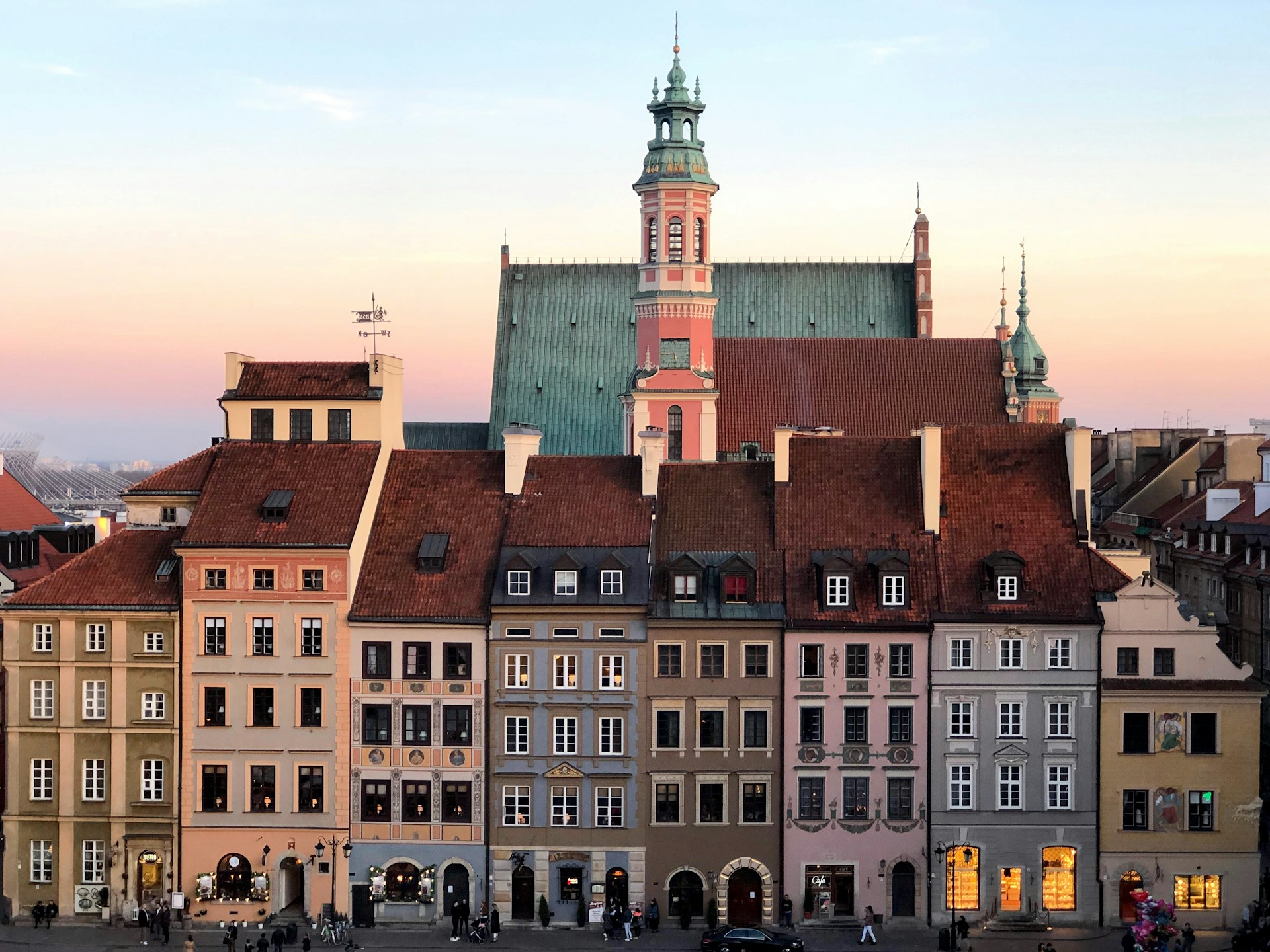
6. Old City of Zamosc (1992)
Designed in the late 16th century as an ideal Renaissance city, Zamosc delights with harmonious architecture and a lively central square.
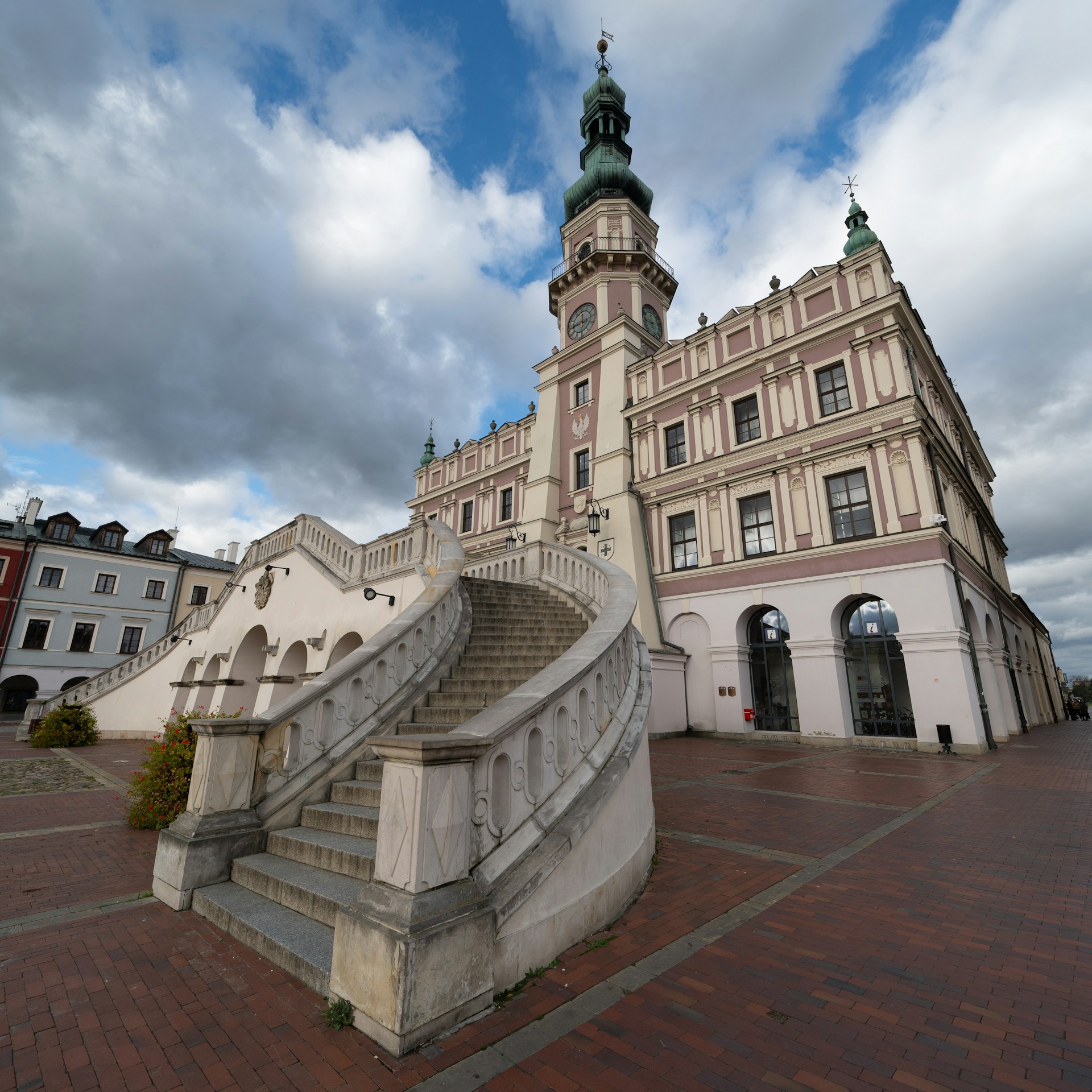
7. Castle of the Teutonic Order in Malbork (1997)
The world’s largest brick fortress, built by the Teutonic Knights, offers towering walls, medieval halls, and views across the Nogat River.
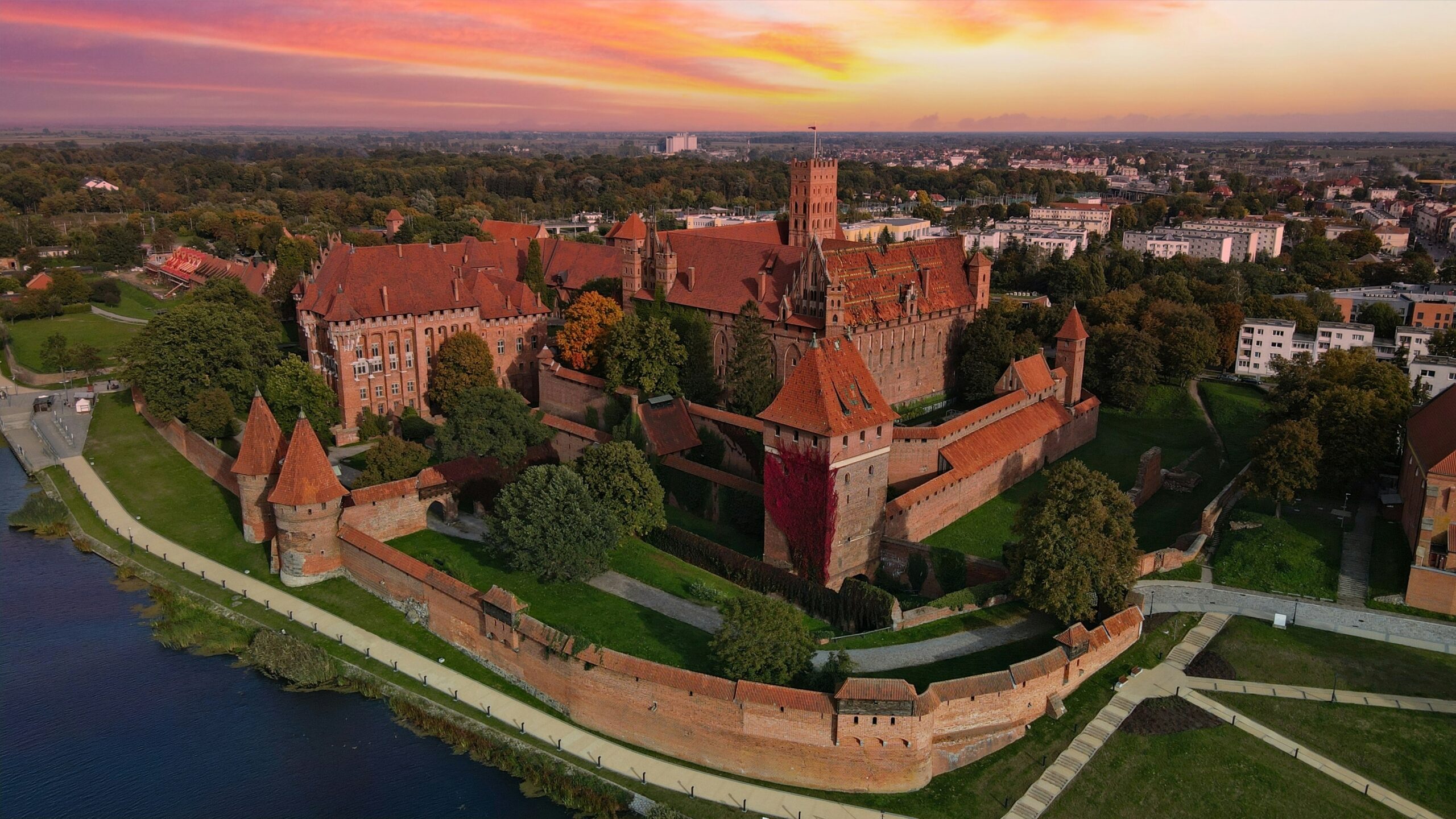
8. Medieval Town of Torun (1997)
Birthplace of astronomer Nicolaus Copernicus, Torun boasts a beautifully preserved medieval centre and famous gingerbread.

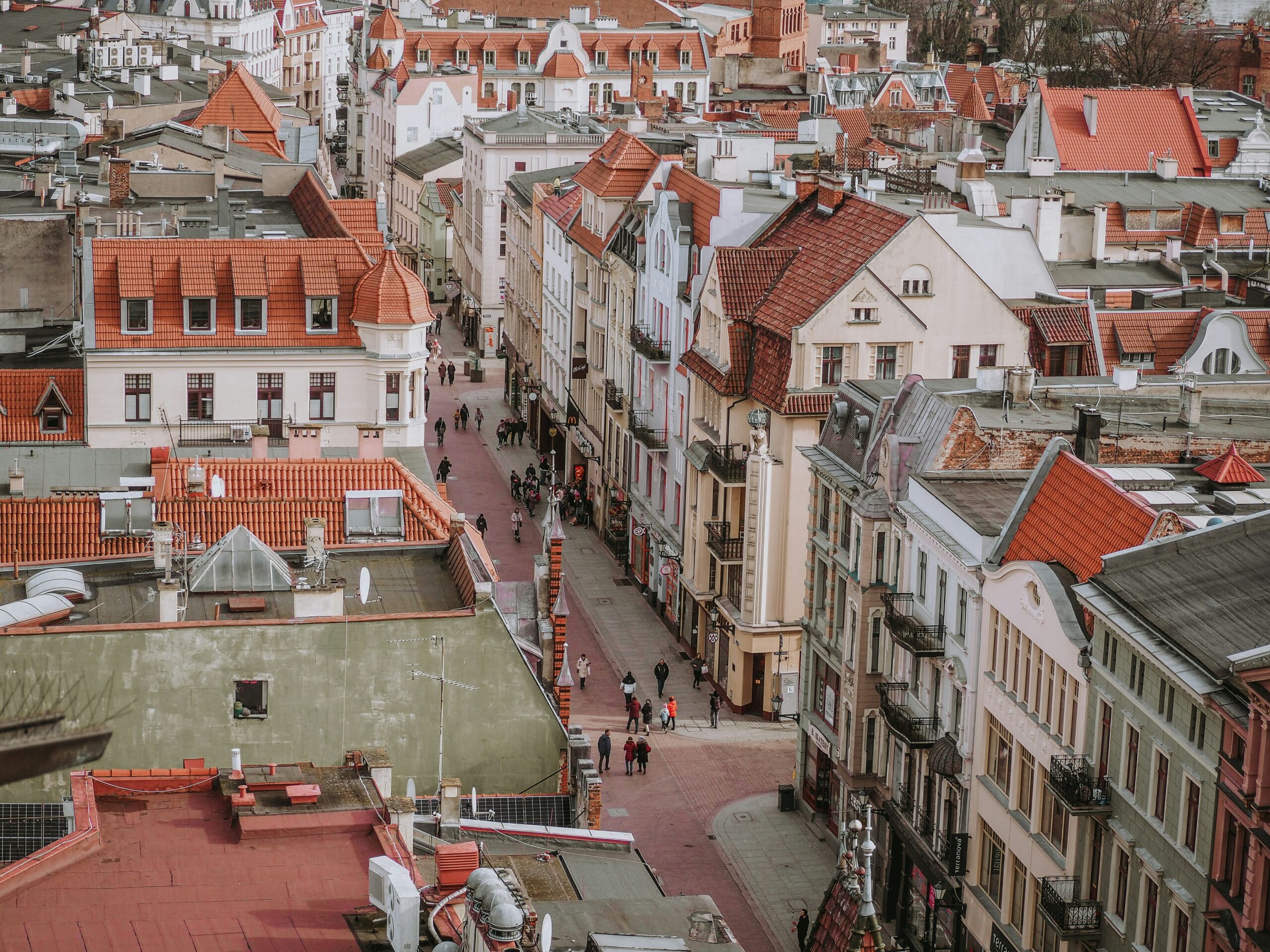
9. Kalwaria Zebrzydowska: the Mannerist Architectural and Park Landscape Complex and Pilgrimage Park (1999)
A Baroque devotional complex where architecture blends harmoniously with a picturesque natural setting, still attracting pilgrims today.
10. Churches of Peace in Jawor and Swidnica (2001)
Built under strict limitations in the 17th century, these vast timber-framed Protestant churches are renowned for their stunning Baroque interiors.
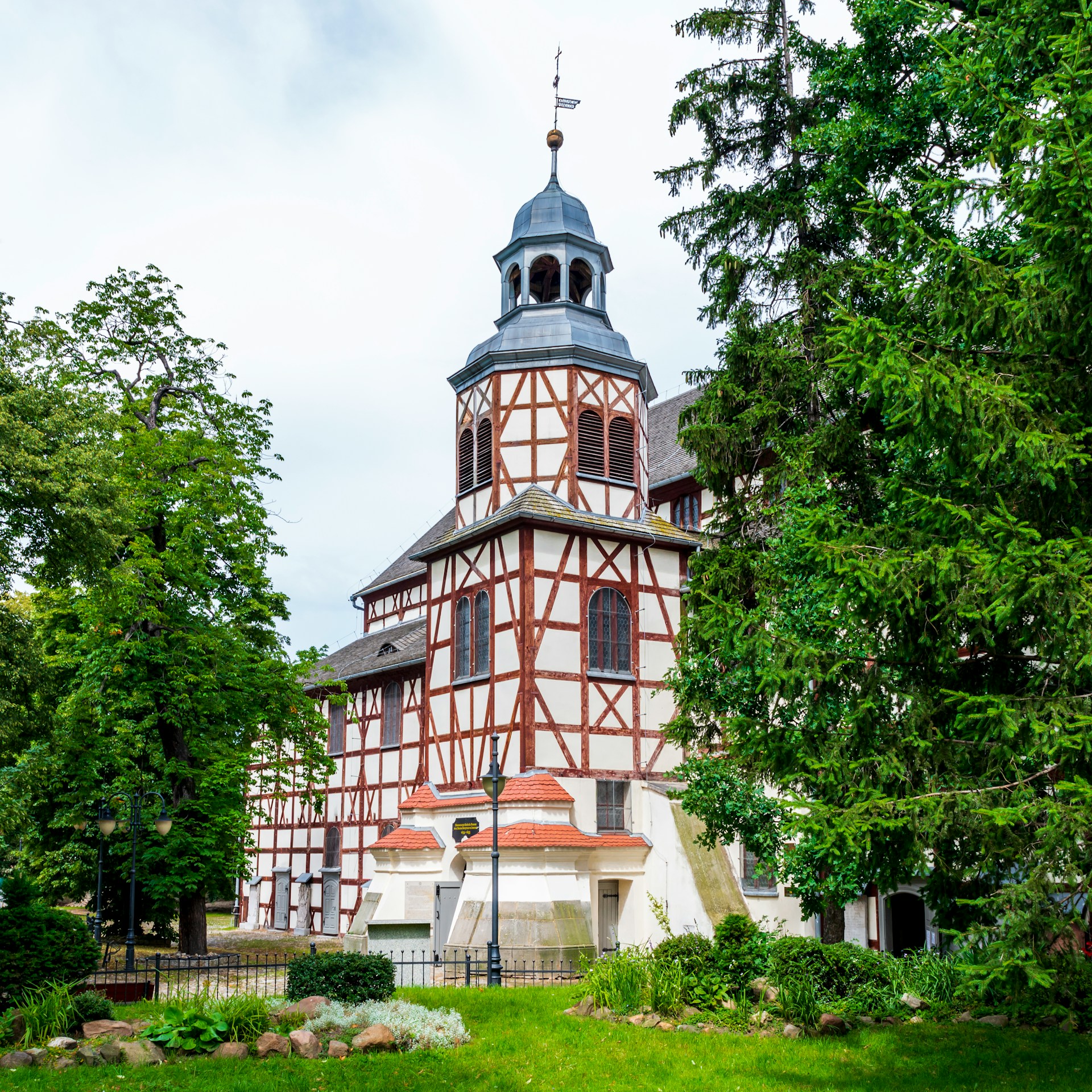
11. Wooden Churches of Southern Malopolska (2003)
Charming examples of Gothic wooden architecture, built by local craftsmen in the 15th and 16th centuries.
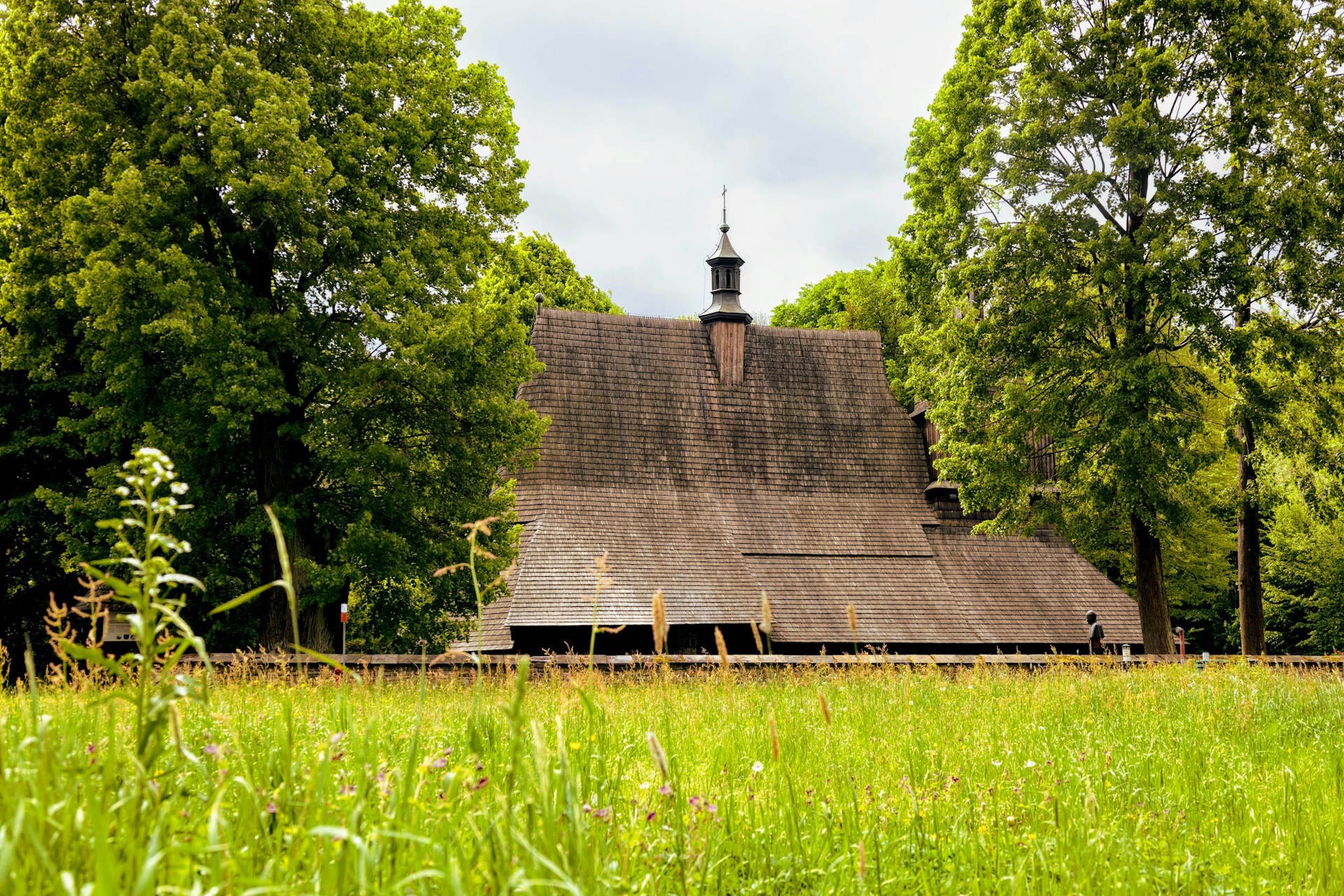
12. Muskauer Park / Park Muzakowski (2004)*
A romantic landscape park on the Polish-German border, blending nature and design into an idyllic whole.
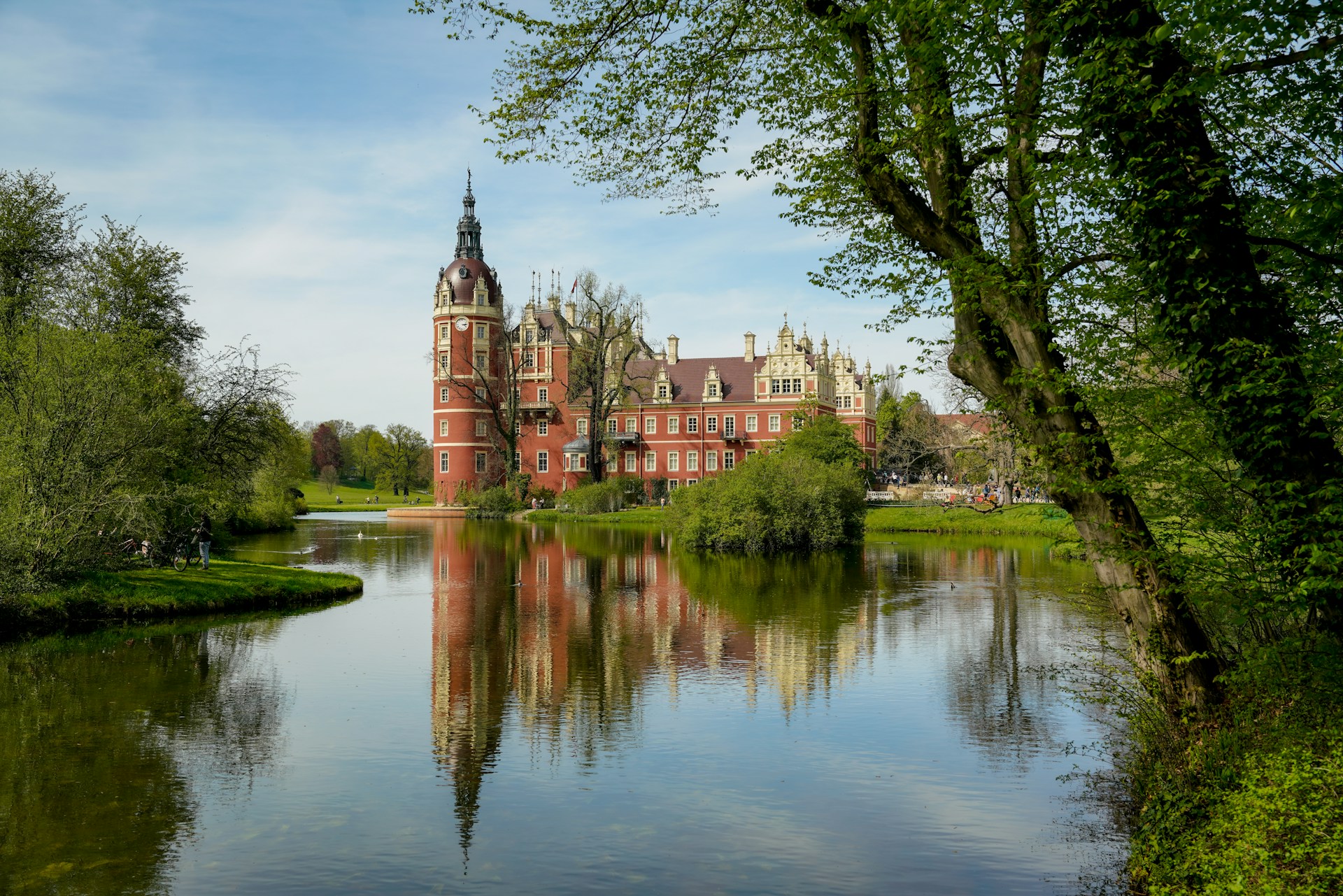
13. Centennial Hall in Wroclaw (2006)
A pioneering reinforced concrete structure from 1913, this architectural icon still hosts exhibitions and cultural events.
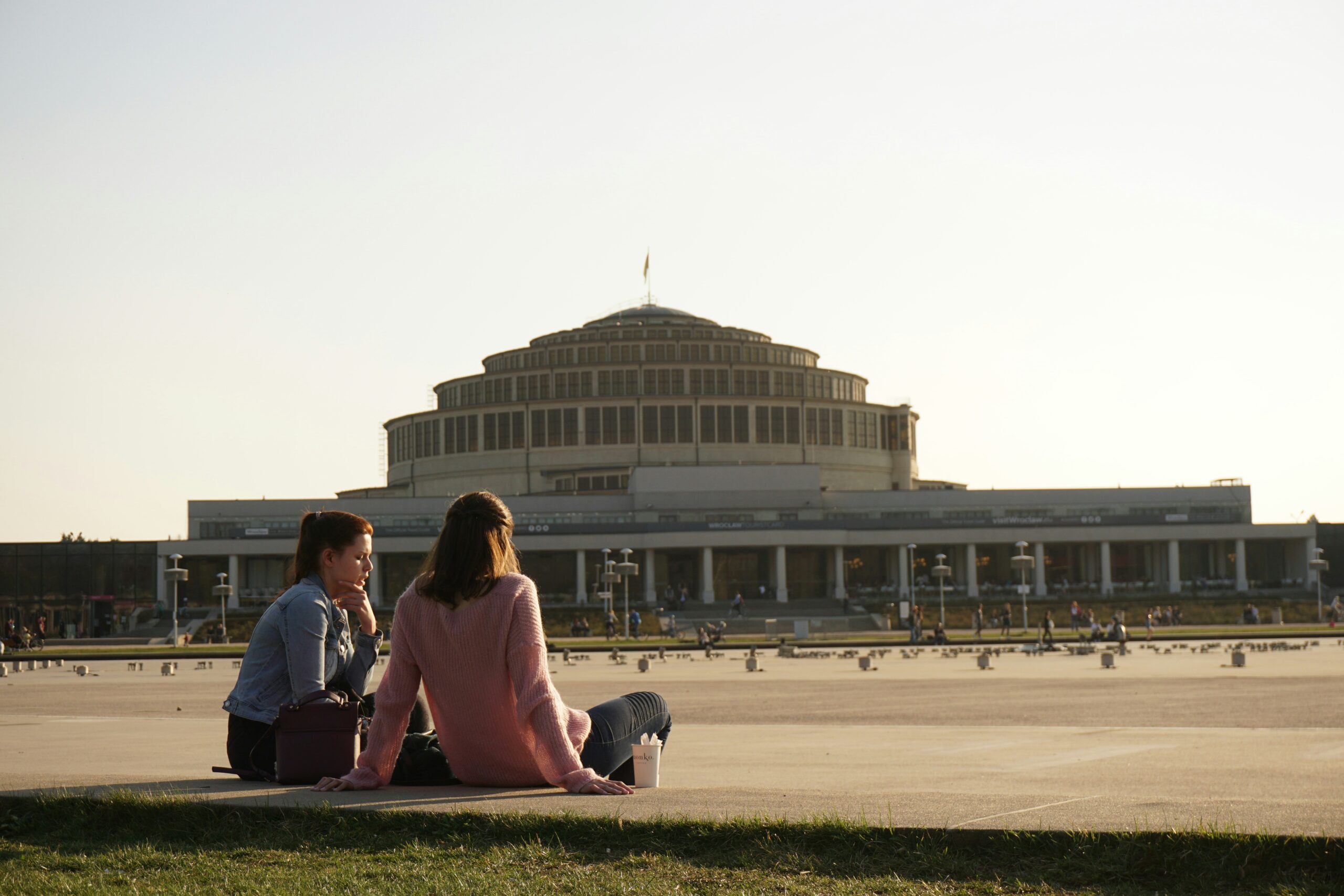
14. Wooden Tserkvas of the Carpathian Region in Poland and Ukraine (2013)*
Sixteen beautifully crafted Orthodox and Greek Catholic wooden churches nestled in the Carpathians.
15. Tarnowskie Góry Lead-Silver-Zinc Mine and its Underground Water Management System (2017)
An impressive labyrinth of historic mining tunnels and water channels that reveal the area’s rich industrial past.
16. Ancient and Primeval Beech Forests of the Carpathians and Other Regions of Europe (Poland joined in 2021)*
A transnational series of untouched beech forests showcasing Europe’s natural history.
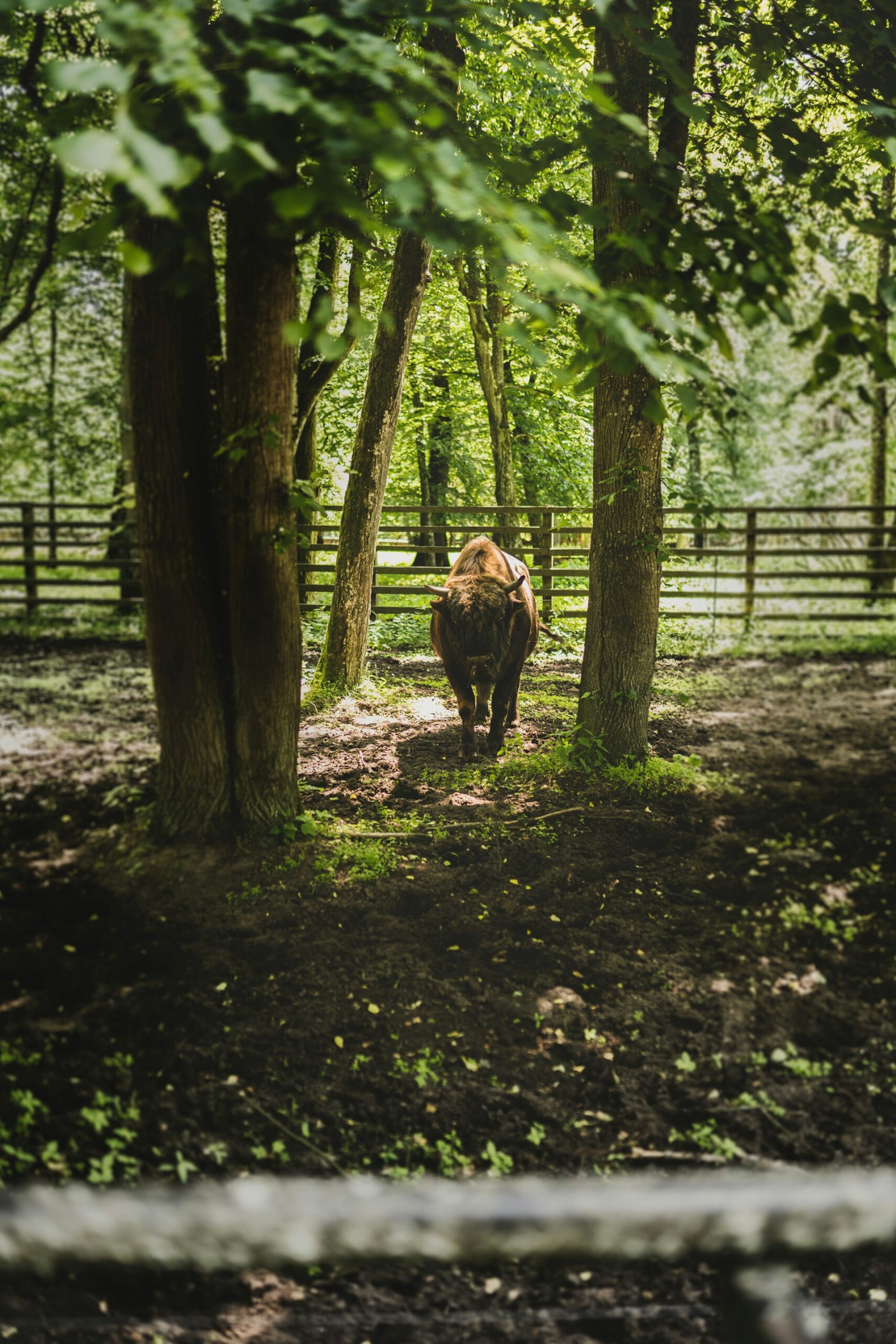
17. Krzemionki Prehistoric Striped Flint Mining Region (2019)
An extraordinary archaeological site where Neolithic communities mined striped flint over 5,000 years ago.
Planning your trip?
Many of these sites are clustered close to popular cities like Kraków, Warsaw, and Gdansk, making them easy to combine into a cultural itinerary.
By Nikola Stenka
Baltic Travel Company (all rights reserved)